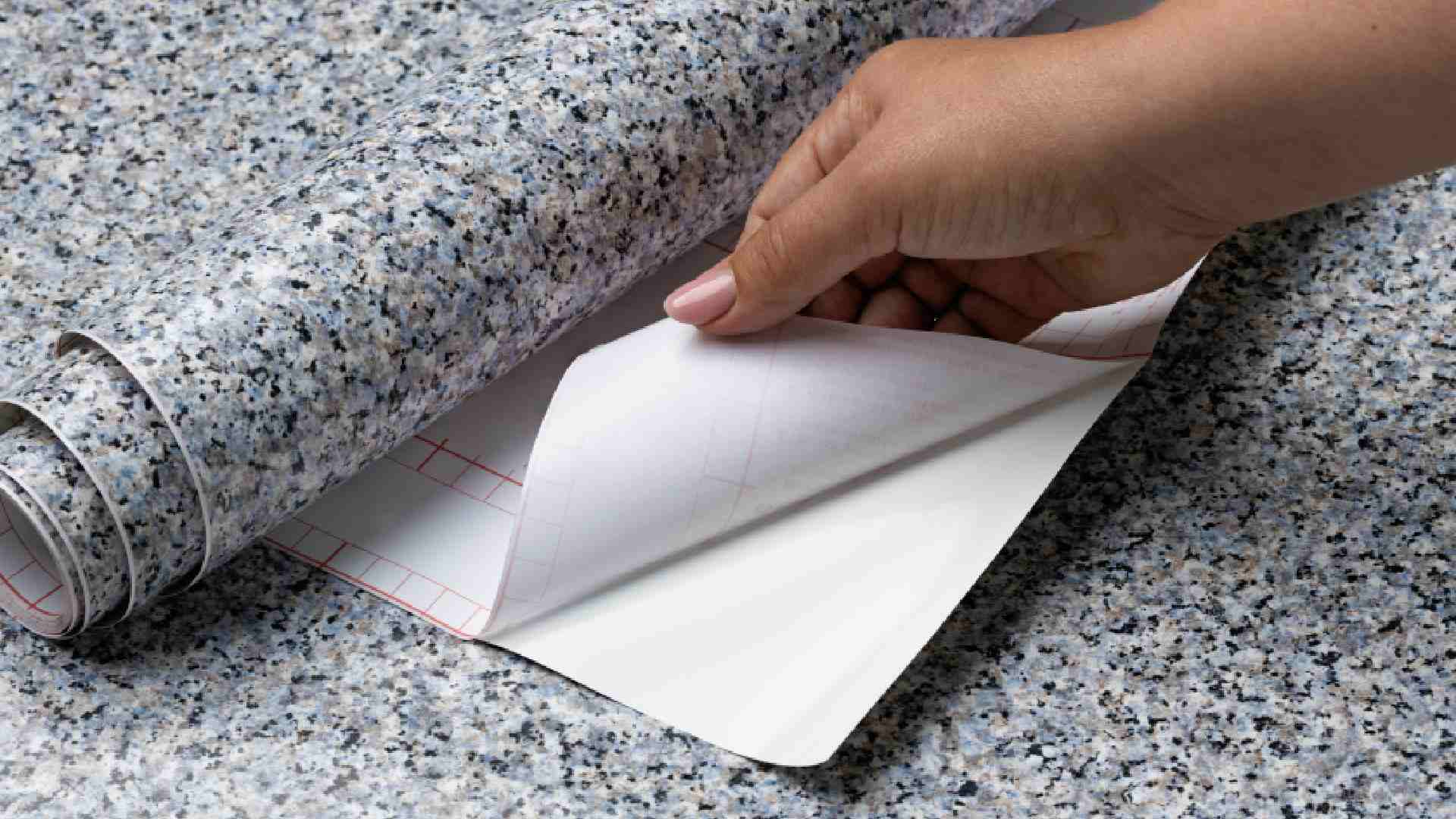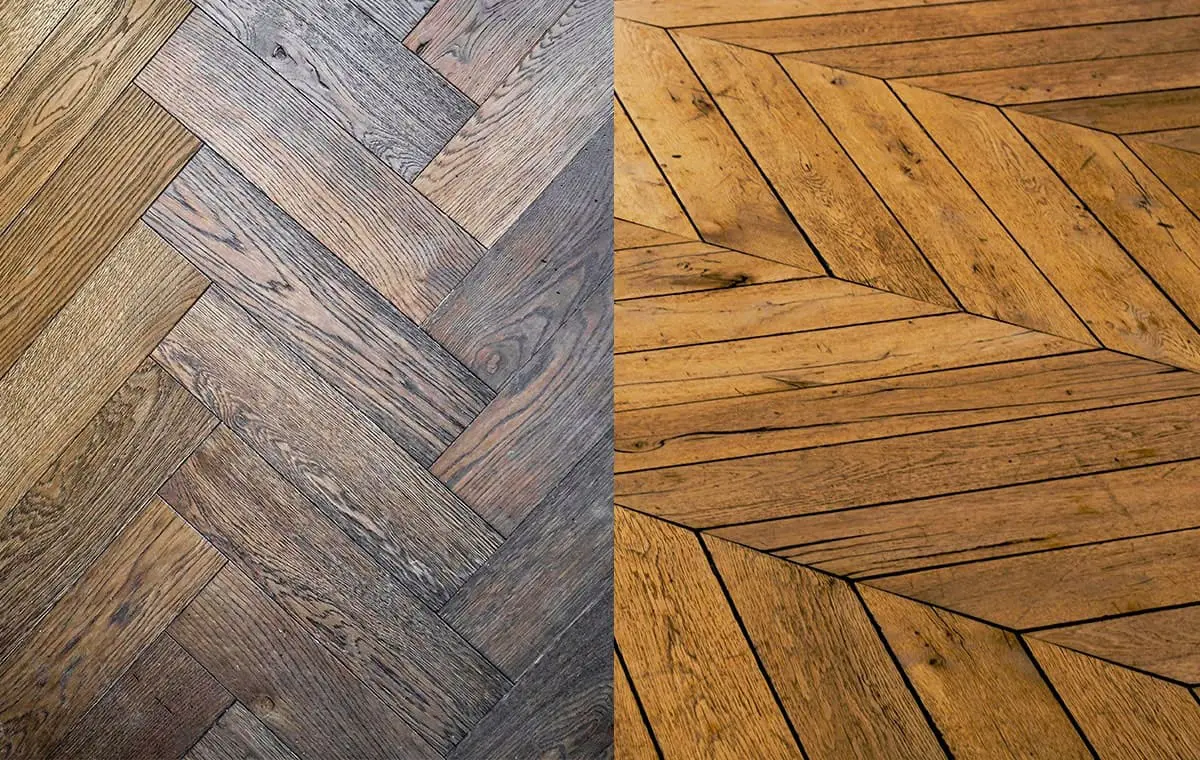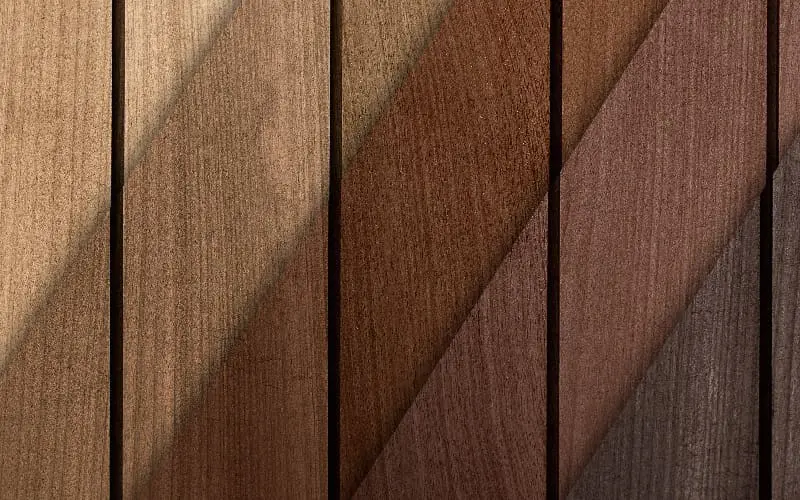When you are choosing your flooring, what you see matters as much as the layer beneath it. An underlay is a thin layer placed between your subfloor and the final flooring. It adds comfort, reduces noise, and helps protect your floor from potential damage over time. Flooring Surgeons is here to help you choose the best underlay based on your room, flooring type, and budget.
PU Foam Underlay
PU foam underlay is made from recycled polyurethane foam, which is the same material used in furniture and mattresses. That means it’s soft, light, and got a comfortable underfoot. This underlay works well in most rooms, including bedrooms, living rooms, and stairs. It also helps reduce sound and keeps warmth in the room. Some types come with extra thickness, which adds more comfort and insulation.
Crumb Rubber Underlay
As you can guess from the name, the Crumb Rubber Underlay is made from small pieces of recycled rubber. Most of it comes from old car tyres. This makes it an eco-friendly choice for homes and businesses. It feels flat and has a firm underfoot. When fitted well, it helps protect your carpet from dents and everyday wear. This means your carpet will look better for longer.
Sponge Rubber Underlay
Sponge Rubber Underlay is made from natural or synthetic rubber. It’s soft, flexible, and bounces back well and is different from crumb rubber. The design of sponge rubber underlay gives a good mix of strength and comfort. It helps reduce noise, improves heat insulation, and adds a soft feel underfoot. It also protects carpets from wear. There are two main types of sponge rubber underlay:
- Flat sponge rubber
- Rippled sponge rubber

Acoustic Underlay
Acoustic Underlay is designed to reduce noise. It helps block sound from footsteps and voices. These underlays are often made from rubber, foam, felt, or cork. Some use a mix of materials for better sound control.They are mostly used under laminate, vinyl, or wood floors. You’ll find them in flats, upstairs rooms, and offices.
Thermal Underlay
Thermal Underlay is designed to keep your home warm. It’s usually made from PU foam, felt, or rubber with added insulation. Thermal underlays are used in cold rooms and on upper floors. Some types can also be used with underfloor heating. The design is also thicker than a normal underlay.
Where Is Each Type Of Underlay Suitable?
Not all underlays work the same. If you need comfort, go with PU foam. If you want strength, choose rubber. For sound or warmth, acoustic and thermal are the best options, and if you need professional help, contact Flooring Surgeons to speak to one of our flooring experts.
| Types of Underlay | Best Option for… |
| PU foam underlay | PU foam underlay is great for bedrooms, living rooms, and stairs. It’s soft, warm, and easy to lay. |
| Crumb rubber underlay | Crumb rubber underlay works well in hallways, offices, or anywhere with heavy furniture. It’s firm and strong. |
| Sponge rubber underlay | Sponge rubber underlay is good for most rooms. Use flat types for busy areas and rippled ones for comfort. |
| Acoustic underlay | Acoustic underlay is best for upstairs rooms, flats, or offices. It helps reduce noise between floors. |
| Thermal underlay | Thermal underlay is great for cold rooms and upper floors. It helps keep heat in. Some types also work with underfloor heating. |
In this table you get to choose the right one for your space.
What Is The Best Underlay?
The best underlay depends on your floor type and where it’s being used. Some rooms need warmth, while others need sound control or firm support. There’s no one solution for all the problems. Pick the one that matches your flooring and room needs.
Underlay for Laminate Flooring
Laminate flooring needs a smooth, even surface. PU foam is a popular choice for comfort and insulation. Use an acoustic underlay if you want to reduce noise. For a concrete floor, choose an underlay with a moisture barrier, as laminate can become damaged by moisture.
shop laminate flooring underlay now!
Underlay for Engineered Flooring
Engineered Flooring works with most underlays. PU foam, felt, or sponge rubber all work well. If you have underfloor heating, use a thermal underlay that is designed for heat flow. For flats or upstairs rooms, an acoustic underlay is a good match. If you want to know more about underlay for engineered wood flooring, seek professional help.
Underlay for Solid Wood Flooring
Solid Wood Flooring needs strong and stable support. Choose a dense rubber or felt underlay. Avoid soft types like PU foam. If you’re laying over concrete, make sure the underlay has a moisture barrier. You can find underlay for solid wood here.
Conclusion
Choosing the right underlay depends on your needs. The first step is to know what you want from your flooring — comfort, warmth, noise control, or durability. Once you know your needs, it’s easier to pick the best type. Each underlay has its own purpose, and the right one will make a big difference.
If you’re not sure which to choose, ask for help. Flooring Surgeons is here to guide you and help you find the best underlay for your home.
Halesowen
214A Dudley Road. Halesowen, Birmingham, B63 3NJ
0121 274 8575
Monday – Friday: 9 AM – 6 PM | Weekends: 10 AM – 4 PM
Wolverhampton
317 Penn Rd, Wolverhampton, West Midlands, WV4 5QF
01902 836666
Monday – Friday: 9 AM – 6 PM | Sat: 10 AM – 4 PM | Sun: Closed
info@flooringsurgeons.co.uk
fitting@flooringsurgeons.co.uk
customerservices@flooringsurgeons.co.uk


















